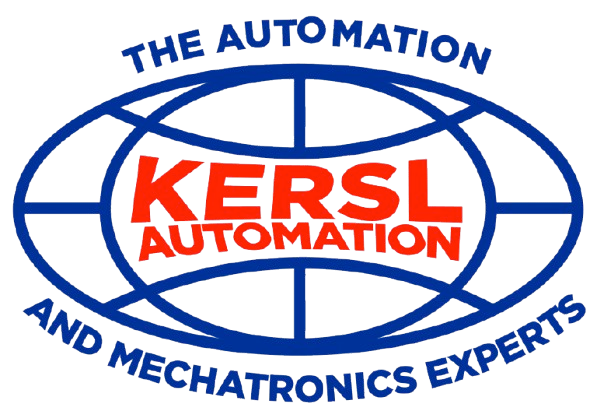Introduction to Process Instrumentation and Measurement Techniques
Curriculum
1. Process variables
- Be able to describe some example processes (e.g., steam plant) and mention some of the variables that are important to measure.
2. Temperature and sensors for process temperature measurements
- Properties and temperature changes, temperature scale, resistance temperature detectors (RTDs), Measuring resistance (wire-wrapped RTDs, thin-film RTDs, filled thermal systems), thermowells, Thermocouples (operation, types of thermocouples, using conversion tables, multiple thermocouples, thermocouple construction)
3. Weight, mass and their measurement
- Mass and weight, density, strain gage load cells (beam design, S-shaped design, compression-based design), load cell applications (using multiple load cells), pneumatic and hydraulic load cells
4. Pressure and process pressure measurements
- Pressure and force, units of pressure, atmospheric pressure, gauge pressure, vacuum and absolute pressure, absolute pressure, barometric pressure, calculating the amount of pressure, differential pressure, pressure transducers, strain gages, capacitance pressure sensors, measuring differential pressure, applications
5. Flow and process flow measurements
- Flow rate, units of flow, effect of energy, standard and actual readings, flow of gases, flow of liquids, flow rate (volume flow rate and mass flow rate) and flow velocity, factors to consider (pressure/velocity relationship, viscosity, density, friction, patterns of flow (laminar and turbulent flow), differential pressure sensors, vortex sensors, magnetic flow sensors, positive displacement sensors, turbine flow sensors, mass flow sensors (Coriolis-based and thermal-based)
6. Level measurements
- Types of level sensors, use of differential pressure for level sensing, floats (magnetic floats, floats with levers, floats with switches), capacitance measurements, conductivity probes, ultrasonic and radar sensors
